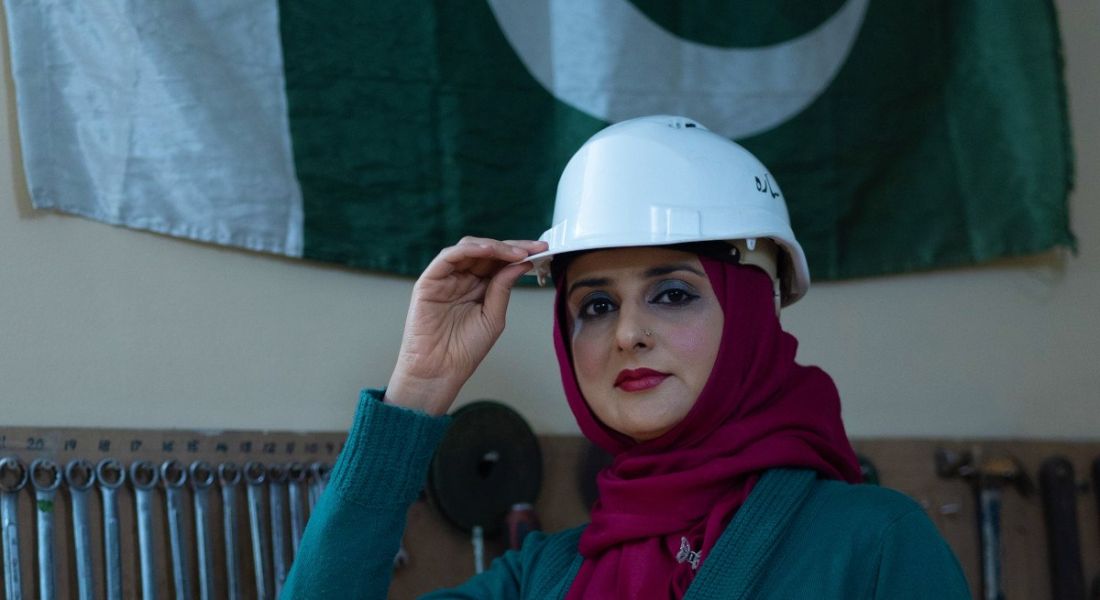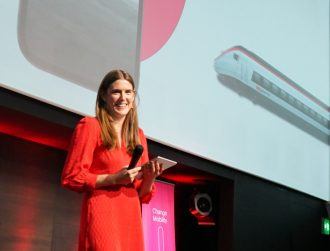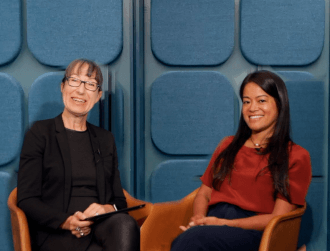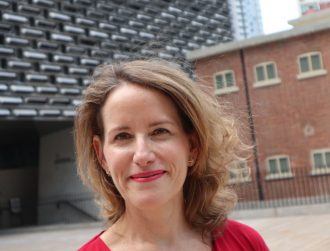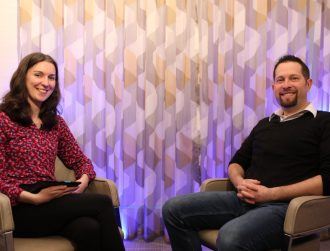A pilot, an aeronautical engineer and a passionate advocate for greener aviation, we caught up with entrepreneur and inventor Dr Sarah Qureshi in Berlin to find out how her company is tackling contrails.
In an industry in which safety necessarily trumps disruption, as both a pilot and an engineer, Dr Sarah Qureshi is determined to change the face of aviation when it comes to the emissions it produces. Pragmatic about the need for continued air travel, Qureshi has made it her life’s work to tackle contrails, those white trails of vapour we see in the sky when aircraft fly high overhead.
Her young Pakistan-based business, Aero Engine Craft – named by her daughter – has patented technology to address these aircraft emissions rarely acknowledged by her industry.
Research now suggests that not only CO2, but these vapour emissions too, have major implications when it comes to global warming. According to Qureshi, they may have around the same level of impact as the world’s jet fuel, a statistic echoed by the 2022 IPCC report.
“When we look into the sky, there’s only one industry operating there,” she explains when we sit down at her hotel, in the margins of the IFA Leadership Summit in Berlin, where she is addressing delegates. “On the ground, there are many industrial contributors to global warming and to CO2. The contribution is widespread, but so is the awareness. Less so when it comes to something happening a kilometre above us.
‘It’s like a blanket gradually covering the surface of the earth, contributing to global warming’
“There is this public awareness and public pressure when it comes to global warming and sustainability on the ground. There are many industrial contributors, and therefore there are also many contributors to mitigate it. Not so in aviation.”
This has resulted in a plethora of technologies and research that cannot be transposed to aviation she says. Add to that the fact that we can’t simply grow trees there, and there really is no true way to offset the emissions. Therefore, Qureshi says, it is to some extent a hidden problem, and one the industry itself is slow to shout about.
“It has been proven that emissions from aeroplanes cause global warming by thousands of peer-reviewed journal, but it’s not something that is necessarily apparent to everybody else. And it’s not something the aviation industry chooses to let the rest of the world know.”
Trailing emissions
Fundamentally, she explains, when you burn fuel or hydrocarbon fuel, you get water vapor as well as carbon dioxide, and these are the two main contributors to environmental pollution in the sky from aircraft engines, and are emitted more or less 50:50. “When we say zero carbon, it only means that you are looking at carbon dioxide,” says Qureshi. “Zero emissions means that the remaining 50pc, the contrails, must also be dealt with, as they contribute 50pc toward global warming and the greenhouse effect.”
Of course, when we burn hydrocarbon fuels on the ground, we also produce water vapor and carbon dioxide, but it naturally recycles itself at low altitude. The problem arises at high altitude, explains Qureshi. “In the sky, we are at a quarter of the pressure as we are here on the ground, and the temperature is very low, so this water vapor does not become liquid water or rainfall at these high altitudes.
“When this water is emitted in the form of steam, as it enters the cold atmosphere it freezes into an artificial cloud, which is called a condensation trail or a contrail, and disperses into induced Cirrus clouds that are not capable of creating rain at very high altitude. Because they are artificial clouds, they are disturbing the Earth’s radiation budget. It’s like a blanket gradually covering the surface of the earth, contributing to global warming. This is the problem, this is what we have to address if we want to make aviation sustainable.”
For this reason, while much of the sustainability debate centres around CO2, Qureshi has focused her life’s research on these contrails. In 2012, her studies in aerospace propulsion led her back to Cranfield University where she completed an MSc in aeronautical engineering, followed by a PhD, the latter which resulted in her patenting her technologies, which seek to tackle the contrail problem.
Put simply, Qureshi has designed an attachment that would work with existing aircraft engines, harvesting the vapour before it is released, and storing it on board for later use. She suggests that the water could be released over drought-prone areas in flight, potentially solving another global issue of climate change. Her patented technology is designed to work with hydrogen and other fuel alternatives, as well as existing jet fuels, so she has thought ahead.
Returning to Pakistan to finish her PhD, Aero Engine Craft was born, with her co-founder and father Masood Latif Qureshi, the former Chief Scientist of Pakistan. Since then she has been knocking on the doors of all the big aircraft builders, determined to have them look at her solution and consider incorporating it into their plans.
She tells me she is often dismissed by those in her industry, but Qureshi is determined that she has solved the problem when it comes to some 50pc of aircraft emissions, and is not one to give up lightly. Expect to hear much more from this remarkable engineer.
Keep an ear out for Dr Sarah Qureshi on one of our upcoming Future Human podcast episodes on Future Mobility. Just search for Future Human, the series, wherever you listen to your podcasts.
10 things you need to know direct to your inbox every weekday. Sign up for the Daily Brief, Silicon Republic’s digest of essential sci-tech news.

